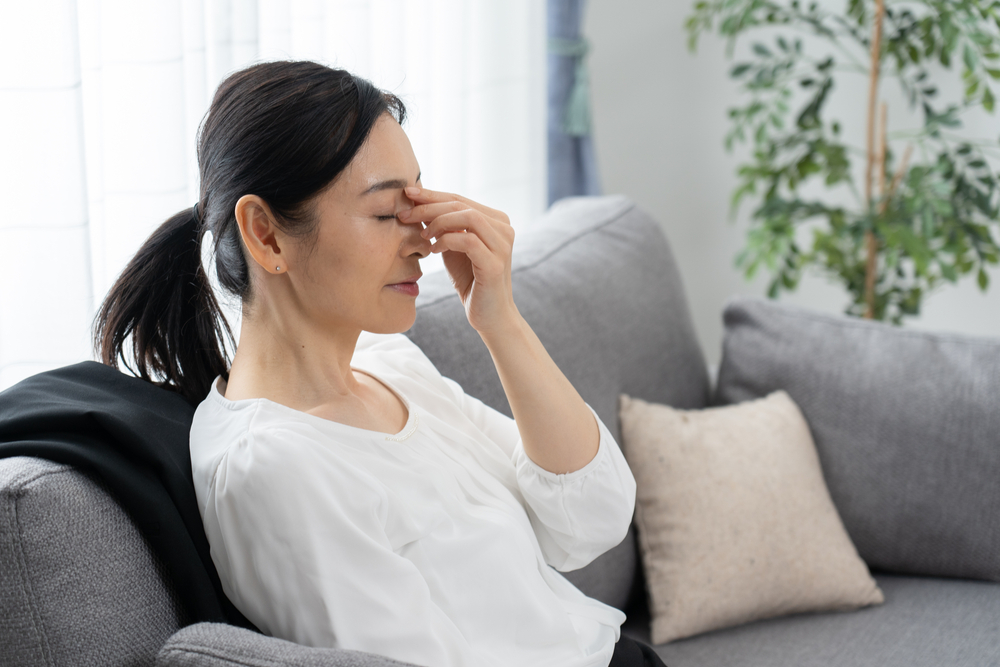
Ever notice how your eyes turn into sandpaper every winter or sting like crazy on windy days? You are not imagining it; weather can turn your eyes into a scratchy, red mess.
Why Weather Wreaks Havoc on Your Eyes
Your eyes rely on a delicate balance of tears to stay smooth and hydrated. Cold air, low humidity, wind, and indoor heating can zap moisture from this protective tear film. When tears evaporate too fast, you experience irritation, blurry vision, or that gritty “something’s in my eye” feeling.
Dry eye is not just a summer or winter problem. Allergy season brings pollen that clings to eyelids, while summer fans and AC units blast dry air directly at your face. Even sunny days at the beach can backfire. UV rays and salty ocean breeches are sneaky culprits.
Indoor Air: A Hidden Trigger
That cozy fireplace or toasty heater? They’re stealthy troublemakers. Indoor heating slashes humidity levels, turning your home into a desert for your eyes. Offices with recycled air systems are just as bad.
If you work on screens all day, the combo of dry air and reduced blinking doubles the trouble. Pro tip: Every 20 minutes, take a moment to look at something 20 feet away for 20 seconds. It gives your eyes a break and nudges you to blink more.
Fight Back With Smart Habits
Hydrate from the inside out: Drink a lot of water. Even mild dehydration thickens tears, making them less effective. Herbal teas or water-rich snacks like cucumbers and oranges help.
Humidify your space: Plug in a humidifier where you spend the most time—bedrooms and home offices are key. Aim for 30-50% humidity.
Shield your eyes outdoors: Wrap-around sunglasses block wind and UV rays. For extreme cold, try moisture-sealing goggles.
Drops, Ointments, and When to See a Pro
Not all eye drops are equal. Avoid ones labeled “get the red out,” They often contain chemicals that worsen dryness over time. Look for “preservative-free artificial tears” or gels with hyaluronic acid, which stick around longer.
For nighttime relief, thick ointments like petroleum-based options coat your eyes while you sleep. They are greasy but worth it for waking up without sandpaper eyes. See an eye doctor if home fixes do not help after a few weeks.
Little Changes, Big Relief
- Adjust your diet: Omega-3s in salmon, walnuts, or flaxseed oil reduce inflammation and improve tear quality.
- Warm compresses: Use a washcloth soaked in warm water and wrung out. Place it over closed eyes for five minutes to melt clogged oils in your eyelids. Do this nightly during flare-ups.
- Ditch the blow dryer: Towel-dry your hair instead.
Weather will always throw curveballs, but you don’t have to suffer. Minor tweaks to your routine can make dry eye days rare instead of routine. If symptoms stick around, reach out to your eye care team.
For more on seasonal eye care, visit Avant Eyes Optometry at our Porter Ranch, California, office. Call (818) 900-5650 to request an appointment today.
https://www.nei.nih.gov/learn-about-eye-health/eye-conditions-and-diseases/dry-eye






